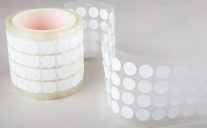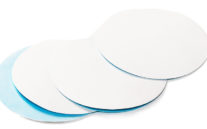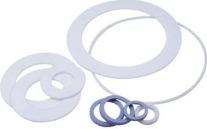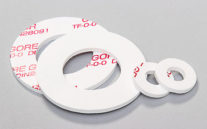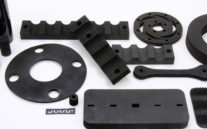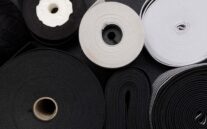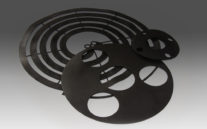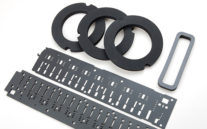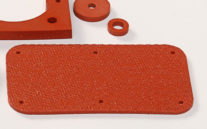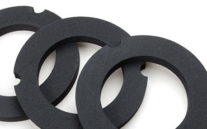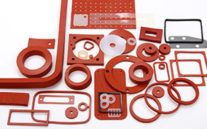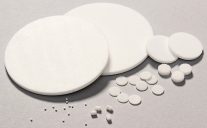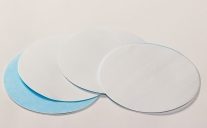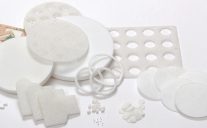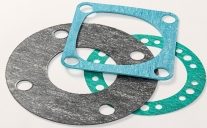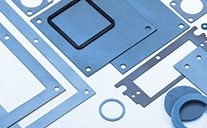Interstate Specialty Products die cuts custom wicks for medtech, electronics, and industrial applications.
Wicks are made from open-cell materials that use capillary action to transfer fluids. Their porous structures control liquid volume capacity and fluid transfer rates. Through custom engineering, wicking materials can also enhance surface energy or surface tension to affect wetting.
Types of Wicking Materials
Custom wicks are made of thermoplastic materials, porous plastics, and synthetic fibers.
- Polypropylene wicks withstand steam sterilization.
- PTFE wicks withstand both steam and ethylene oxide sterilization.
- PVDF wicks withstand long-term exposure to ultraviolet radiation and can withstand exposure to harsh chemicals
- Porex® wicks transfer fluids without absorbing them.
Rayon, polyester, and viscose wicks are also available. Ask Interstate Specialty Products which type of wicking material is right for your application.
Order Custom Wicks for your Application
For over 60 years, our Made in the USA manufacturing company has been die cutting wicking materials at our custom fabrication facility in Sutton, Massachusetts. We also offer digital knife cutting and have cleanroom capabilities.
To learn how our wick manufacturing capabilities can support your application, contact us on-line or call (800) 984-1811.
*Properties and applications shown throughout this website are typical. Your specific application should not be undertaken without independent study and evaluation for suitability.

